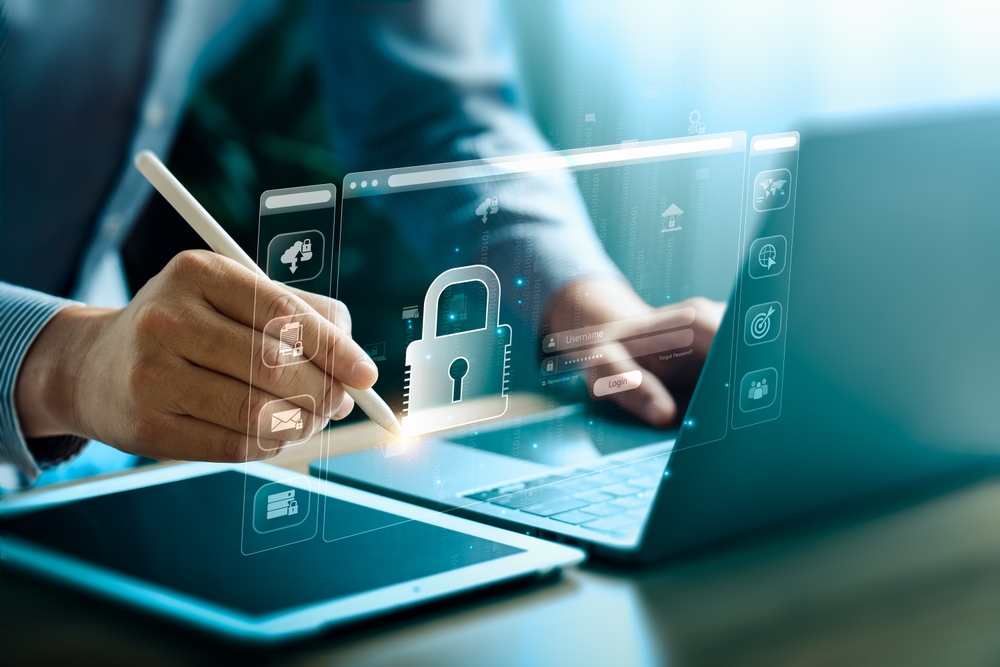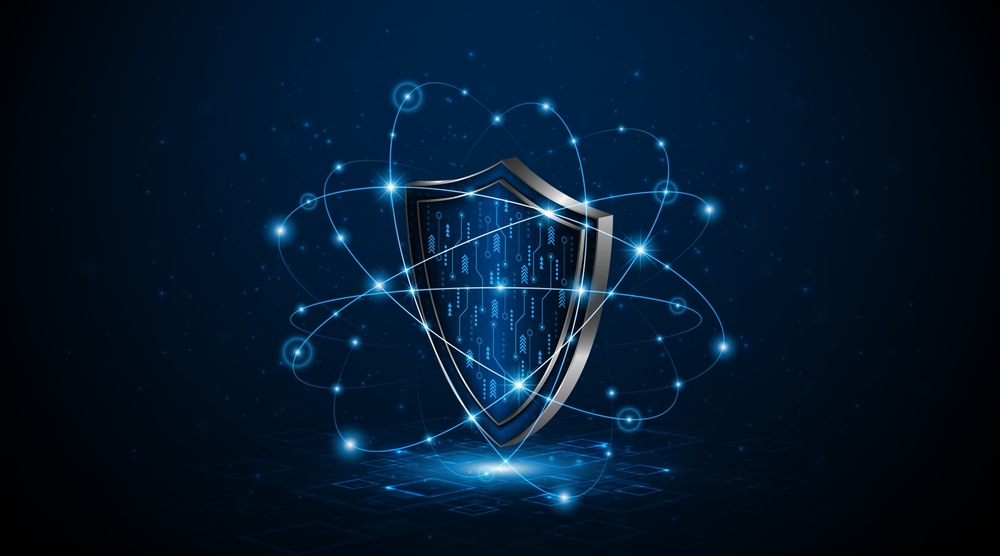Essential Network Security Practices for 2024
As cyber threats continue to evolve and technology advances, maintaining robust network security is more crucial than ever. In 2024, organizations must adopt comprehensive and proactive strategies to safeguard their networks against a wide range of threats. Here’s a guide to essential network security practices that can help you protect your digital assets and maintain a secure network environment.
1. Implement Multi-Factor Authentication (MFA)
Multi-Factor Authentication (MFA) adds an extra layer of security by requiring users to provide two or more forms of verification before gaining access to network resources. This practice significantly reduces the risk of unauthorized access, as it requires more than just a password to authenticate a user.
- Why It Matters: MFA helps protect against credential theft and phishing attacks, making it harder for attackers to compromise user accounts.
- Best Practices: Use MFA for all critical systems and applications, and ensure that it is implemented consistently across the organization.
2. Adopt Zero Trust Architecture
Zero Trust Architecture (ZTA) is a security model based on the principle of “never trust, always verify.” In a Zero Trust model, no entity, whether inside or outside the network, is trusted by default. Instead, verification is required for every request to access resources.
- Why It Matters: Zero Trust minimizes the risk of lateral movement by attackers within the network, providing robust protection against insider threats and external breaches.
- Best Practices: Implement micro-segmentation, continuous monitoring, and strict access controls to enforce Zero Trust principles.
3. Regularly Update and Patch Systems
System updates and patches are essential for fixing vulnerabilities and protecting against known exploits. Regularly updating software, firmware, and operating systems ensures that security weaknesses are addressed in a timely manner.
- Why It Matters: Unpatched systems are prime targets for attackers exploiting known vulnerabilities.
- Best Practices: Establish a patch management process to ensure that updates are applied promptly and tested for compatibility.
4. Use Advanced Threat Detection Tools
Advanced threat detection tools utilize technologies like artificial intelligence (AI) and machine learning (ML) to identify and respond to potential threats in real-time. These tools can detect unusual network behavior, anomalies, and emerging threats that traditional security solutions might miss.
- Why It Matters: Advanced threat detection enhances the ability to identify and mitigate sophisticated attacks before they cause significant damage.
- Best Practices: Implement network monitoring solutions that leverage AI and ML for threat detection and integrate them with incident response systems.
5. Implement Strong Access Controls
Access controls are essential for ensuring that only authorized users can access specific network resources. Implementing strong access control measures helps prevent unauthorized access and reduces the risk of data breaches.
- Why It Matters: Proper access controls prevent users from accessing sensitive information and systems that are not necessary for their roles.
- Best Practices: Use role-based access control (RBAC) and principle of least privilege (PoLP) to manage permissions and restrict access based on user roles and responsibilities.

6. Encrypt Sensitive Data
Data encryption is the process of converting information into a secure format that can only be read by authorized users. Encrypting sensitive data ensures that even if it is intercepted, it cannot be understood or used by attackers.
- Why It Matters: Encryption protects sensitive information both at rest and in transit, reducing the risk of data breaches and ensuring compliance with data protection regulations.
- Best Practices: Use strong encryption algorithms and manage encryption keys securely to protect data across all storage and transmission channels.
7. Conduct Regular Security Audits and Penetration Testing
Security audits and penetration testing are proactive measures to identify vulnerabilities and assess the effectiveness of security controls. Regularly conducting these assessments helps uncover weaknesses and ensure that security measures are functioning as intended.
- Why It Matters: Regular testing helps identify and address vulnerabilities before they can be exploited by attackers.
- Best Practices: Schedule periodic security audits and penetration tests, and address any issues or vulnerabilities identified during these assessments.
8. Educate and Train Employees
Employee education and training are critical components of network security. Employees should be aware of security best practices, potential threats, and how to recognize and respond to phishing attempts and other attacks.
- Why It Matters: Human error is a leading cause of security breaches. Well-informed employees are better equipped to recognize and avoid security threats.
- Best Practices: Provide regular security training sessions, conduct phishing simulations, and create a culture of security awareness within the organization.
9. Implement a Robust Incident Response Plan
Incident response plans outline the steps to take in the event of a security breach or cyber attack. Having a well-defined incident response plan ensures that the organization can quickly and effectively respond to and recover from security incidents.
- Why It Matters: A robust incident response plan minimizes the impact of security incidents and helps ensure a swift recovery.
- Best Practices: Develop and regularly update an incident response plan, conduct simulation exercises, and ensure that all team members are familiar with their roles and responsibilities.
10. Monitor and Manage Network Traffic
Network traffic monitoring involves continuously observing network activity to detect unusual patterns or potential threats. Effective network traffic management helps identify and address issues before they escalate.
- Why It Matters: Monitoring network traffic provides visibility into potential threats and helps ensure that network performance and security are maintained.
- Best Practices: Use network monitoring tools to track traffic patterns, identify anomalies, and respond to potential threats in real-time.
Conclusion
In 2024, network security requires a proactive and multi-faceted approach to address the evolving threat landscape. By implementing these essential practices—such as adopting Zero Trust architecture, using advanced threat detection tools, and regularly updating systems—organizations can strengthen their network security posture and better protect their digital assets. Embracing these practices will help safeguard against emerging threats and ensure that your network remains resilient in an increasingly complex cybersecurity environment.
For more information on IT services and data security solutions, visit NABCO IT Services.
Data Security vs. Data Protection; For professional assistance with data security, contact us to ensure your organization is protected with the latest security measures.
Read more related articles to enhance your knowledge
What is Data Security? The Ultimate Guide
Why Data Security Matters: Protecting Your Information in a Digital World



